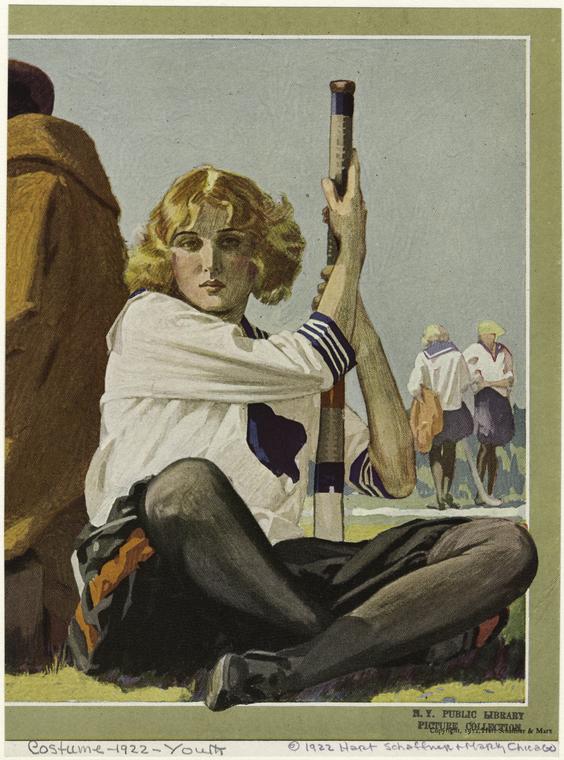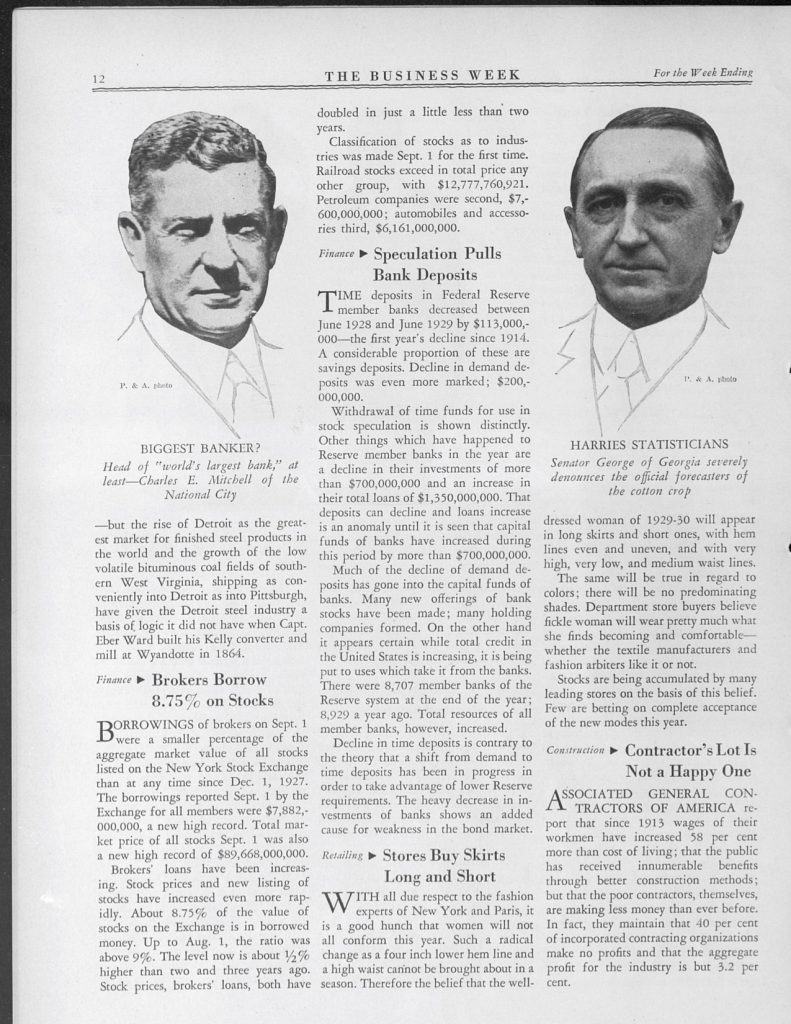Flapper Jane- 1925
She is frankly, heavily made up, not to imitate nature, but for an altogether artificial effect—pallor mortis, poisonously scarlet lips, richly ringed eyes—the latter looking not so much debauched (which is the intention) as diabetic. Her walk duplicates the swagger supposed by innocent America to go with the female half of a Paris Apache dance. And there are, finally, her clothes. These were estimated the other day by some statistician to weigh two pounds. Probably a libel; I doubt they come within half a pound of such bulk. Jane isn’t wearing much, this summer. If you’d like to know exactly, it is: one dress, one step-in, two stockings, two shoes.
Not since 1820 has feminine apparel been so frankly abbreviated as at present; and never, on this side of the Atlantic, until you go back to the little summer frocks of Pocahontas. This year’s styles have gone quite a long step toward genuine nudity. Nor is this merely the sensible half of the population dressing as everyone ought to, in hot weather. Last winter’s styles weren’t so dissimilar, except that they were covered up by fur coats and you got the full effect only indoors. And improper costumes never have their full force unless worn on the street. Next year’s styles, from all one hears, will be, as they already are on the continent, even More So.
“In a way,” says Jane, “it’s just honesty. Women have come down off the pedestal lately. They are tired of this mysterious feminine-charm stuff. Maybe it goes with independence, earning your own living and voting and all that. There was always a bit of the harem in that cover-up-your-arms-and-legs business, don’t you think?” “Women still want to be loved,” goes on Jane, warming to her theme, “but they want it on a 50-50 basis, which includes being admired for the qualities they really possess. Dragging in this strange-allurement stuff doesn’t seem sporting. It’s like cheating in games, or lying.”Flapper Jane, Bruce Bliven
This source is an article from the New Republic, an American magazine, written in 1925. It describes and analyzes the current flapper fashion trend. The article centers around a nineteen-year-old woman named Jane who dresses in this style. It includes a brief interview with Jane and lots of commentary on the part of the author. The tone of the article is dismissive of flapper fashion, and it’s clear that the author believes that dressing as a flapper is a declaration of both women’s liberation and loose morals. It concurs with the idea that women dressing in such a manner means that they are becoming less dependent on men. It was written in response to the trend of the time, and to inform and critique. This source was found on the Dickinson Library database. This article provides a valuable insight into the opinion of the older generation towards the new style. It shows that some people were against flapper fashion and believed it represented the downfall of society. I chose this source because it provides an interesting interpretation of the style of the times, and shows how it was perceived by many people. This source is important because it shows the cultural implications of the flapper style. I learned that many thought it represented women with loose sexual morals, but many women found that they were liberated by this style.
Field Hockey Player Illustration- 1920s

This is a very interesting source as it shows the prevalence of women’s sports in American culture in the 1920s. This source is an illustration of a young woman, dressed in a sports outfit or a short skirt, black stockings, and a sailor-style blouse, sitting crossed legged on the ground, holding a field hockey stick. Her hair is short. Women engaging in sports marked a cultural shift in which they entered the public sphere. This new cultural wave sparked a change in women’s fashion where they began dressing in clothing that was more practical for movement. The freedom they experienced in playing sports was reflected in the freedom in fashion. This “sporty” style of short, unstructured skirts, and loose blouses quickly became mainstream and contributed to the popular styles of the 1920s.
Business Week Article- 1929

This source is an excerpt from a newspaper, reporting that department store buyers will be purchasing both skirts in both long and short styles, meaning women in 1929-1930 will be wearing both long a short skirts. The article states that women will wear whatever they find most comfortable. It was created to inform women about the upcoming trends. This source marks a cultural shift in which women are starting to wear whatever they prefer, and not conform to patriarchal standards of fashion. This article was found in the database, “Bloomberg Businessweek Archive.” I chose this source because it was striking in that it very clearly stated that women will be wearing whatever they please. This is significant because it marked a point in which women choosing what to wear became commonplace. From this source I learned that towards the end of the 1920s, women became liberated enough to wear what they wanted, and it was accepted by society.
